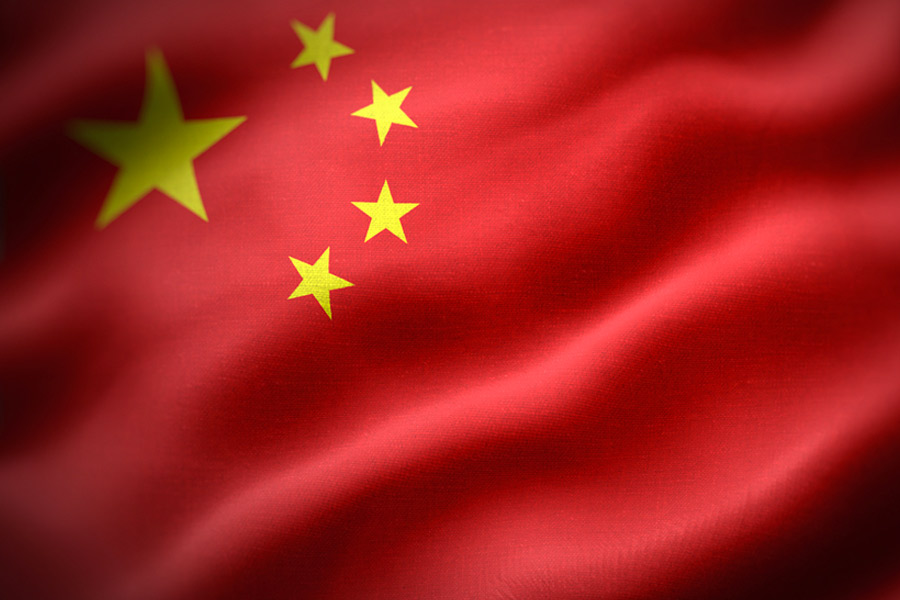|
|
The annual report of the Reserve Bank of India for 2003-04 covers the financial performance of the central bank during the period, besides giving an exhaustive review of macroeconomic developments in the country during the year. While one is, no doubt, interested in the expert analyses of the economic developments, the fact remains that there can be too much of a good thing. We had only recently been served an excellent review by experts of the government of India, drawing on the expertise both of the RBI and the government of India in the Economic Survey, which came in July 2004. The same ground was covered by the RBI in its monetary and credit policy survey of May 2004. The finance minister himself covered the same area in his budget speech. We wait now in readiness for the next round of the RBI?s reviews of the economy in the October 2004 monetary and credit policy statement.
While I do welcome the feast of reasoned analyses given by such reports, I think it is possible to restructure the frequency of such reviews more appropriately so as to conserve our scarce analytical resources. Also, frequency fatigues the interest of the targeted audience. It would perhaps be better if the RBI and the government consider a more effective sequencing of their economic surveys.
The annual report of the RBI for 2003-04 is statutorily mandated to be presented to the government of India every year. It primarily lays out the accounts for the year 2003-04 for the bank itself. The latest accounts show that during the year, the gross revenues of the RBI declined compared to the previous year. Whereas in 2002-03, the gross income of the RBI was Rs 23,185 crore, it declined to Rs 14,323 crore in 2003-04 in spite of accretion of reserves under management. The reasons obviously lie in the decline in global and domestic interest rates.
The rate of return on the RBI?s foreign currency assets declined from 3.1 per cent in 2002-03 to 2.1 per cent in 2003-04. This reflects the fact that the RBI invests its foreign reserves mostly in debt-securities of the developed countries, which have been giving low yields of late. The problem, however, is that the bulk of the foreign currency assets, which are so invested, are made up as a result of liabilities incurred by India to foreign lenders and investors, who earn in India significantly more than they can in their own countries. This is particularly true of non-resident Indians and other foreign investors, who make it a point to invest only if they can get a good return ? better than the yields in their own markets. The net result is that we pay out more as accrued returns on liabilities we incur, while on our assets invested in developed economies we earn just the going rate. This is, perhaps, a necessary price to pay for security. But, it is, in effect, a mug?s game.
There must be better alternatives, which combine security with good returns. I venture to suggest one or two. One is to place a part of our reserves with some of our better-managed banks and financial institutions and allow them to lend foreign exchange to our corporate organizations, whom we allow to borrow the same in external markets. The return on external commercial borrowings will definitely be higher than the returns RBI gets on gilts in developed countries. Once a careful selection of borrowers is made, access to ECB through placement of the RBI?s foreign exchange assets with Indian scheduled banks can improve the earnings of these banks and hence those of the RBI on forex assets.
Another thought, which the orthodox may shudder at, is the Singapore example. The city state of Singapore alone has forex assets of the same order as India. It deploys a major part of these assets through an investment vehicle, the Singapore Government Investment Corporation managed by Tamaesk Holdings. Reports are that the latest returns of Tamaesk come to nearly 18 per cent per annum, compared to the merely 3 per cent or less earned by RBI. This calls for a highly professional management and political non-interference. Professionals of Indian origin are among those who help SGIC to earn its high returns. The Singapore model, which will result in the RBI morphing into a profit-earning foreign institutional investor, is worth looking at.
One result of the comparatively lower income of the RBI is an increase in the fiscal deficit of the government. As a result of the lower gross income, the RBI has a lower surplus to contribute to the government. The figures in the latest annual report show that, as against Rs 9,354 crore contributed in 1999-2000, the surplus transferred came down to Rs 5,400 crore in 2003-04. This is, indeed, a serious fiscal consequence of the RBI?s current policies.
The annual report has devoted considerable space to analyses of macroeconomic developments of 2003-04 and its prognosis of the scenario for 2004-05. What it says is important from the point of view of its stance on inflation. The report seems to take the view that while the wholesale price index has shown an increase of a sharp order in the recent period, the same is not true of consumer price index. The wedge between the two indices is relied on by the RBI as a source for solace. But ultimately the CPI catches up with the WPI. The shield, which is given by increasing competitiveness in the retail sector, is weak in India. The producers have power to inflict their higher prices on the consumer so long as our import barriers remain.
The annual report does not disclose any indication of the RBI?s intervention to use weapons of monetary policy, like cash reserve ratio and interest rate, to counter inflation. Its attitude seems to be based on the premise that the present inflation is mostly based on ?global? factors and that ultimately the global inflation will settle down. There seems to be a feeling of complacency about the overall inflationary pressures, based on the country?s high level of forex reserves and food stocks. But all that is just the beginning of an anti-inflationary policy. How anti-inflationary measures will work out depends on how the government handles imports and distribution of essential commodities and on the efficacy of competitive forces. Hopefully, the coming monetary and credit policy will give a clearer indication of the RBI?s thinking on the matter.
I was struck by a revealing table on the net investment position of India in the external sphere. The table shows that the total foreign assets of India (including the RBI?s foreign currency assets) at the end of March 2003 came to $94 billion, whereas the liabilities came to $154 billion ? showing a net excess of foreign liabilities to the extent of $60 billion. This is 11.8 per cent of our GDP. The table also shows that this figure represents a decline from 21 per cent of GDP in 1997.
That means we are currently incurring more liabilities to foreign creditors and investors, even as we are accessing more foreign currency assets. Every dollar of foreign direct investment or that by FII is a liability no less than debt is. Even though we have forex reserves of $119 billion, these assets are built up on the back of an increasing burden of liabilities, which accrue costs.
True sustainability of balance of payments comes about only when we accumulate reserves on the basis of an improved net balance of trade surplus in both goods and services. This can come about only when we structure our trade policies appropriately to be friendly to exporters of goods and services. The price of a sustainable balance of payments is an environment that favours and encourages exports ? tax policy and trade policy are inextricably inter-linked in this regard. Hopefully, the United Progressive Alliance government?s latest effort is a good initiative in this direction.
The RBI?s annual report points out a number of possible directions in which India?s macroeconomic management can be improved. On the question of inflation management, it does not, however, reveal much. After all, it is the privilege of central bankers to surprise the markets. It was a wise central banker who said that central bankers exist to take away the punch bowl just when the party gets going. Is Dr Reddy waiting to fine-tune his attack on inflation at just the time when the party gets going in the market of India? Will he unleash the weapons of inflation destruction in his October policy or earlier? Only time can tell what the governor of the RBI holds in his armoury and chooses to use against inflation that threatens to block India?s progress towards growth with stability.












